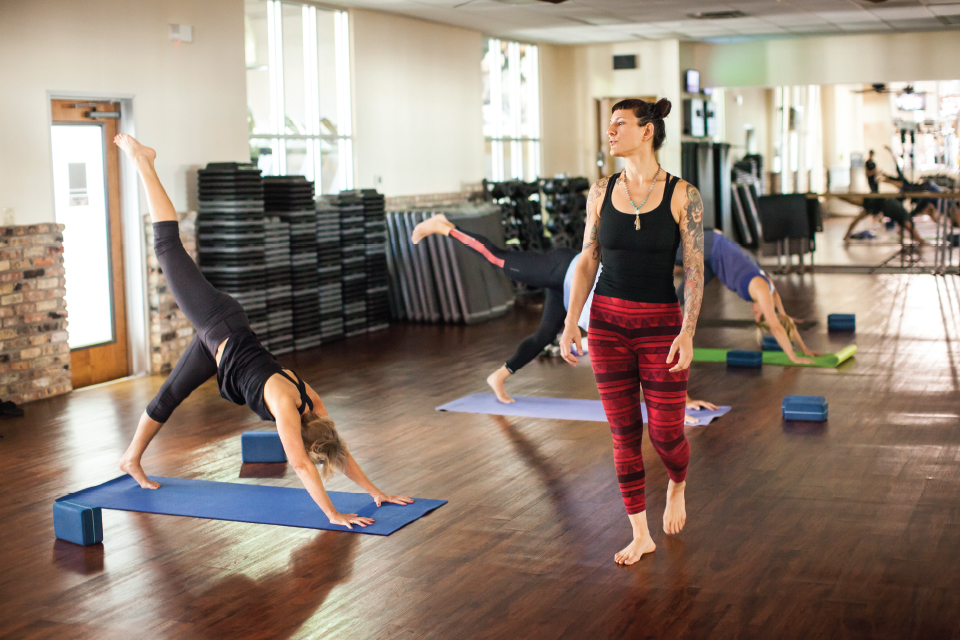Finding Focus as a Yoga Teacher

The growing popularity of yoga means that each year, more and more students are becoming certified teachers. It makes for a competitive job environment, but it also requires us teachers to be our very best, most authentic, and innovative selves. This quest for authenticity is raising the bar for instructors. If approached correctly and intelligently, our exploration and reinterpretation of our yoga teaching styles is a great way for us to move forward.
Throughout the rich history of yoga, many risks have been taken, so why should we stop now? Many of today's greatest teachers developed styles of yoga that are innovative and unique—Prana Flow, Lotus Flow, Forrest Yoga, Core Strength Vinyasa, Shridaiva—and are proven to have widespread appeal and success. The creators of these styles honor the most important fundamentals of yoga, but find new ways to express the physical representation of the practice.
This is not a new revelation. For the last 100 years, yoga has undergone remarkable transformations and style reinterpretations. The exemplars of modern yoga—Iyengar, Pattabhi Jois—made such a huge impact in part because they were so revolutionary in their own practice and understanding of the ancient teachings. In fact, Krishnamacharya, the greatest teacher of modern yoga, was so unconventional in his teachings that it’s safe to say yoga as we know it would not have existed without his defiant liberation of the practice. He was progressive in many ways that took yoga beyond religion, gender, and ancient theory without discrediting the rich history and tradition that composes its foundation. By understanding that yoga is an individualized practice that requires a personalized approach, he left his mark as a master of the art.
The question any new community of yoga teachers faces is just what type of instructor to be. The answer can sometimes be paralyzing, because just as understanding the foundations is an important component of keeping us grounded, being a student is an important part of being a great teacher. We must have a true and thorough understanding of the rules before we break them. It is a balance. You must learn from your teachers and respect where your information comes from, but don’t lose yourself in the process.
Your life, your mistakes, and your interpretation of your teachings is extremely valuable. In fact, your experiences as a human being, flawed and imperfect—fears, dreams, and all—are the core of your identity as a teacher.
If you only teach what you have been taught, without allowing that information to filter through your own life, you are depriving the world of your specific kind of greatness. The yoga master Osho says, “To be creative means to be in love with life. You can be creative only if you love life enough that you want to enhance its beauty, you want to bring a little more music to it, a little more poetry to it, a little more dance to it.”
As teachers, we have the opportunity to step outside of the box, take a risk, and find new and interesting ways to bring the sacred teachings of yoga alive. Most importantly, we must try to deliver something authentic and relatable to our students. We don’t have to lose sight of what’s important. We don’t have to lose touch with the deep roots of the practice or why we fell in love with yoga in the first place. However, we do need to broaden our perspectives, challenge ourselves, and dig deep to find out exactly what we as individuals can bring to the mat.
Think of the amazing community we can create as more and more teachers are inspired to find something new to share in their practice. Think of how many new students will be inspired to step into a class because they finally found something they can connect and relate to in the practice. After all, isn’t that what being a yoga teacher is all about—finding ways to better serve our student community and sharing the practice that we love with others?






